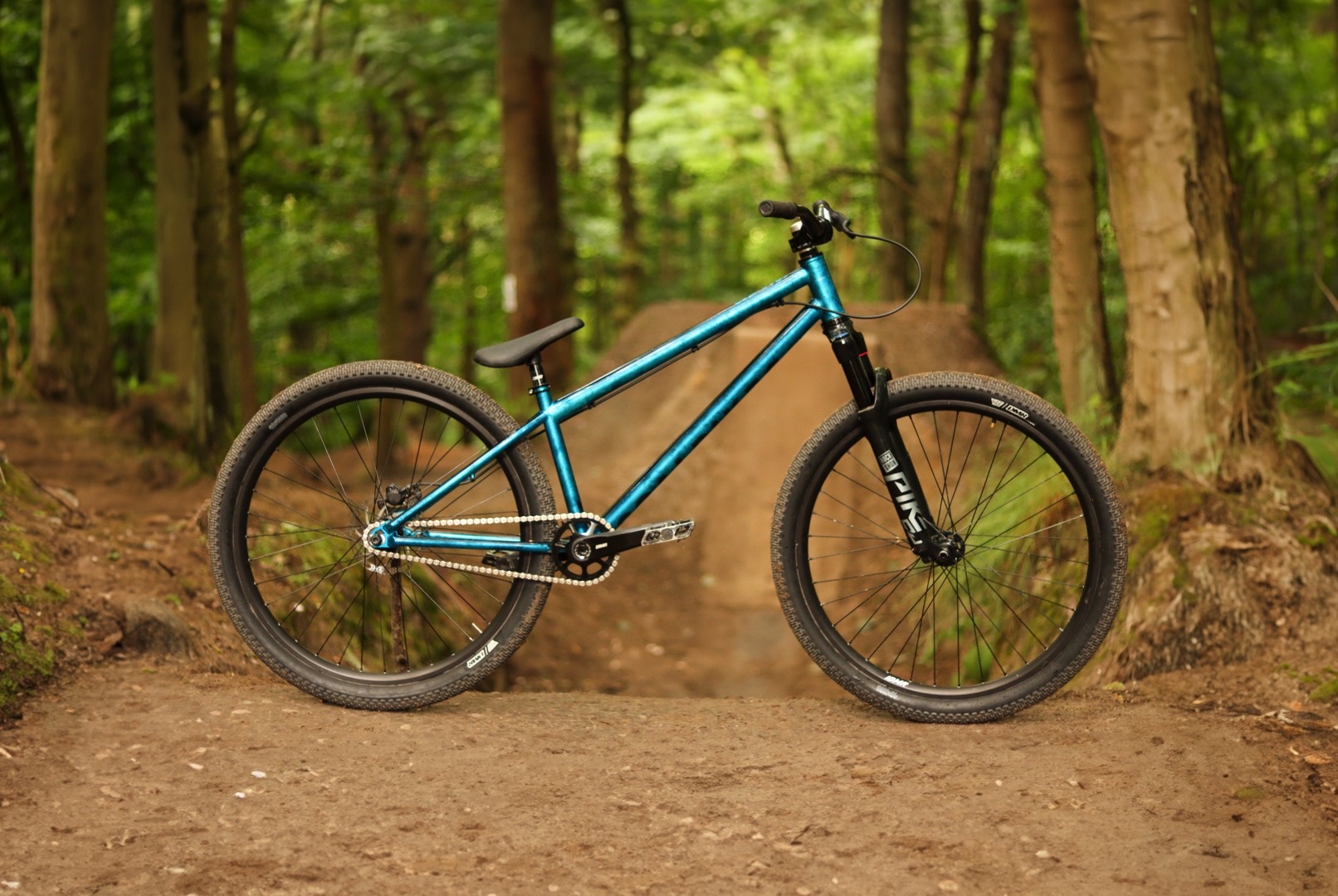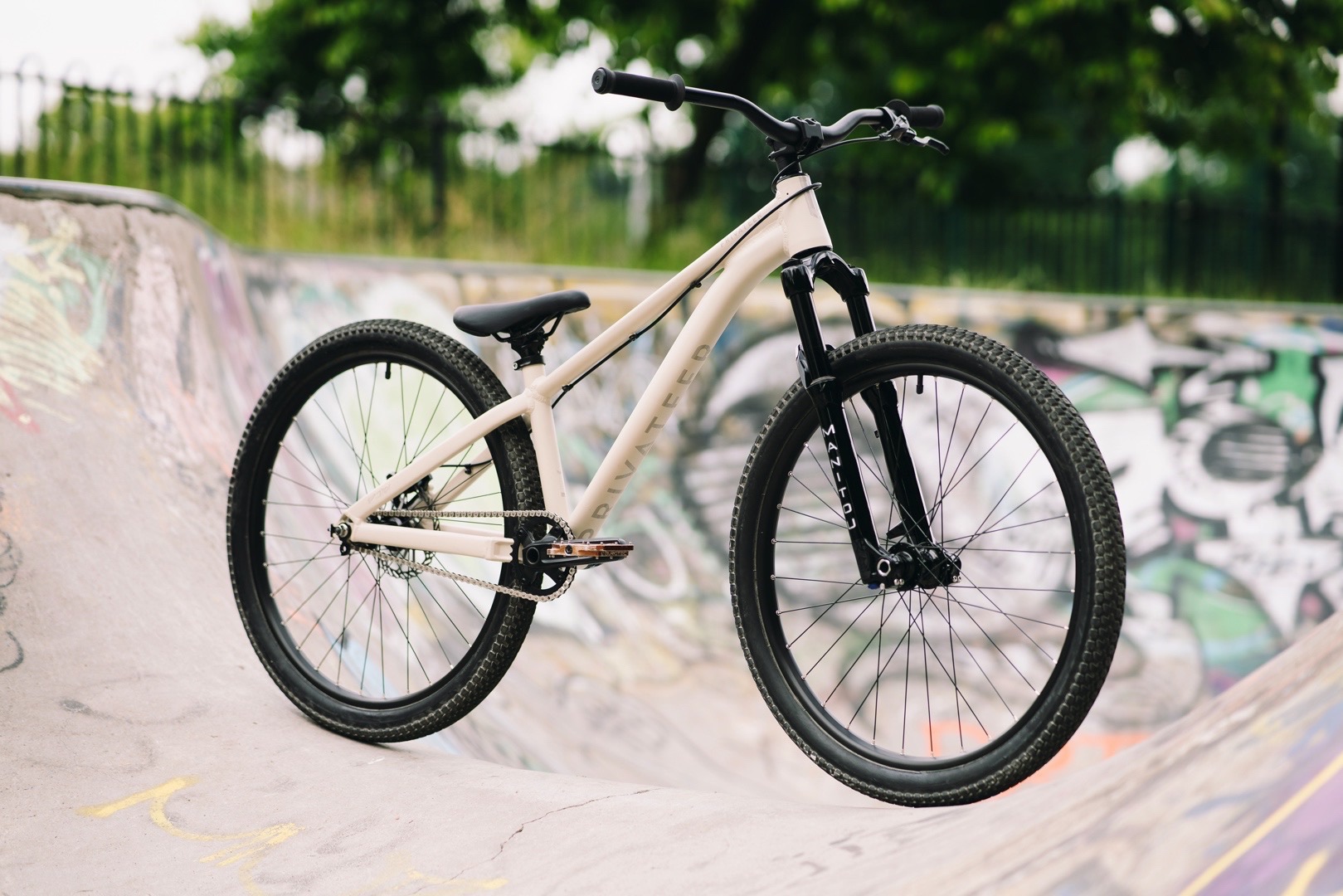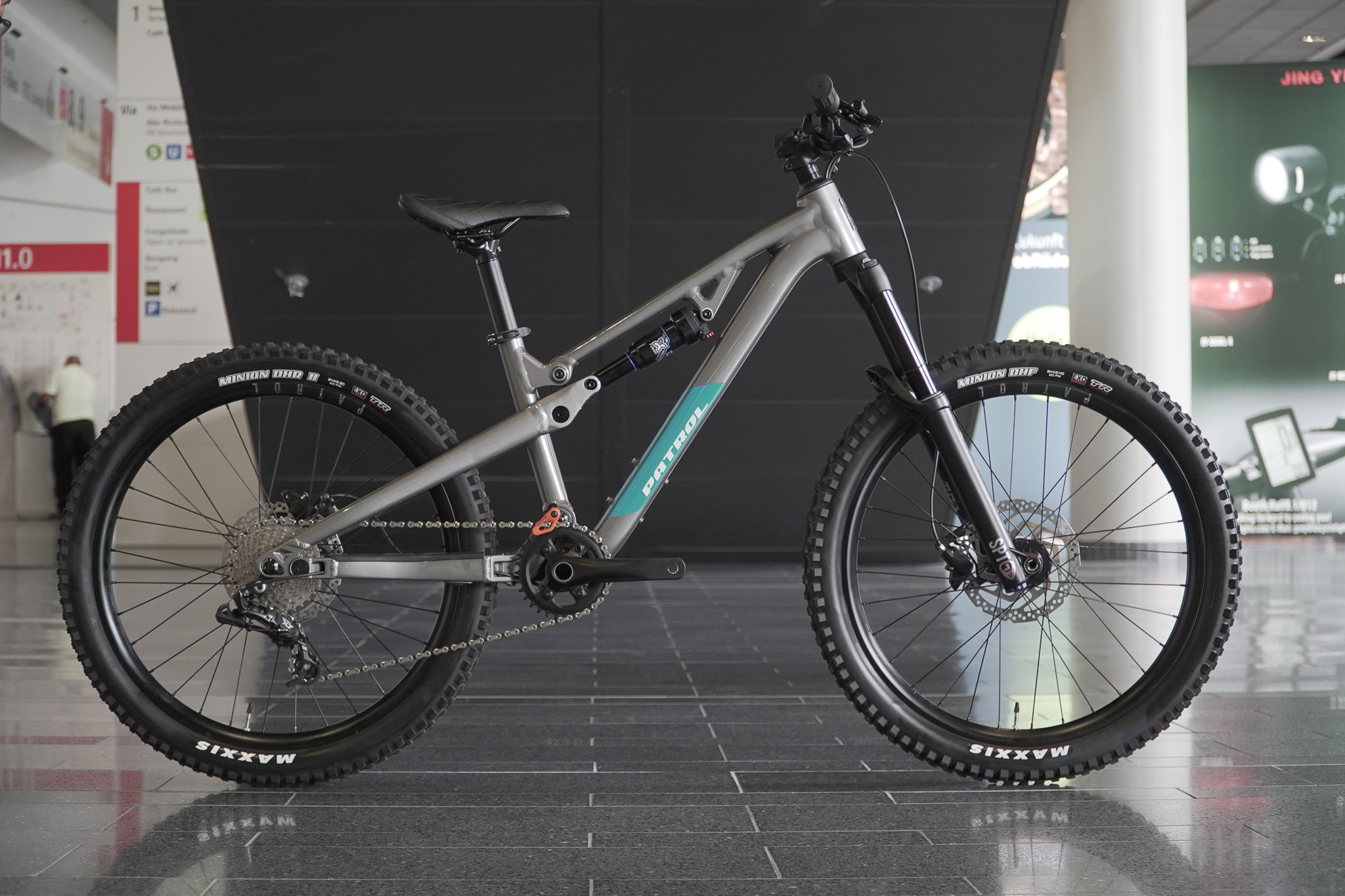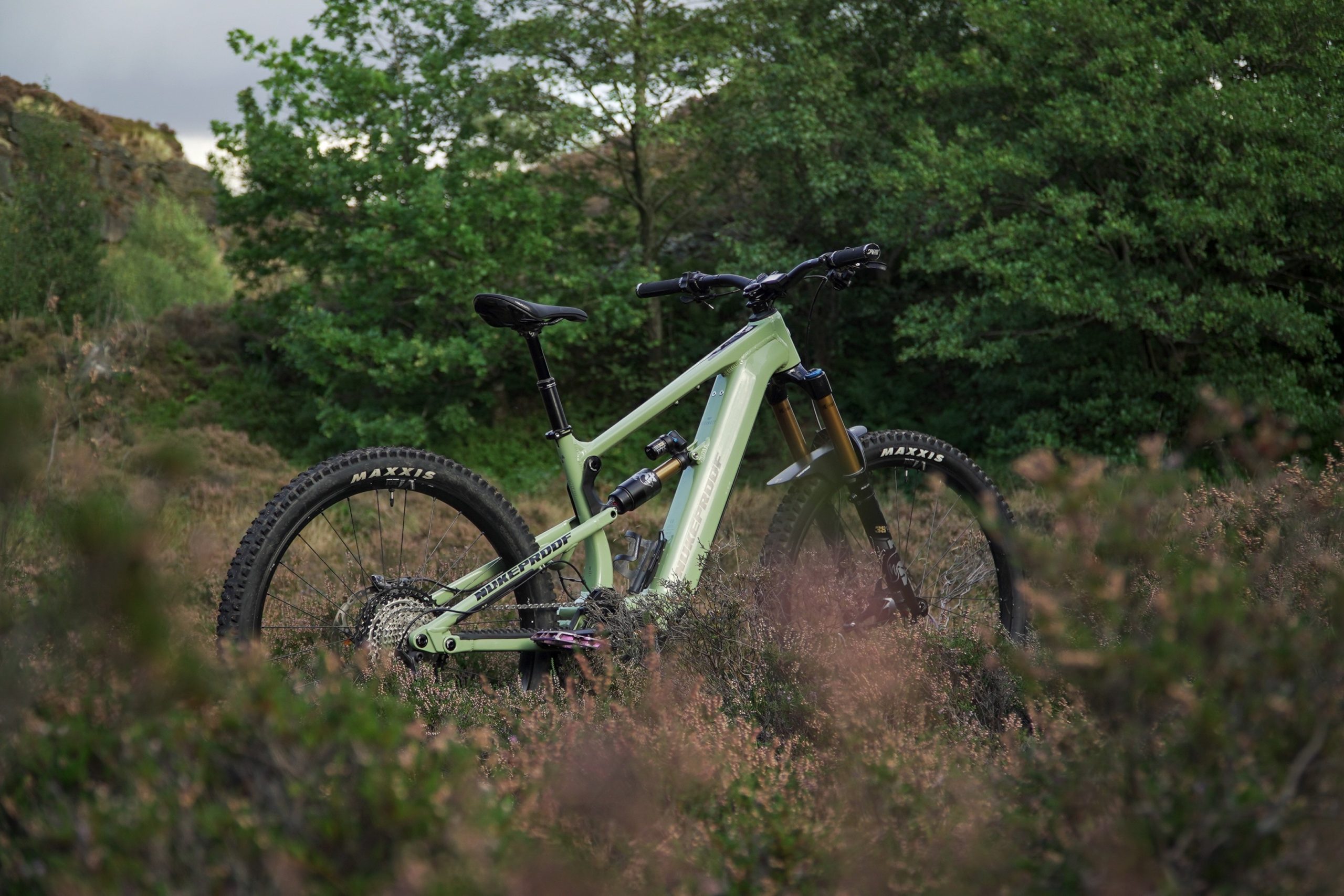Get the most out of your mountain bike with proper suspension rebound set up. Learn what suspension rebound is and how to adjust it to suit your riding style and terrain. Find the right balance between speed and control for a smoother and more stable ride on the trails. Get started today with our expert tips and advice.

Tuning Your Mountain Bike Suspension: An Introduction to Suspension Rebound and Set Up
Suspension rebound is a suspension tuning adjustment that controls the speed at which the suspension returns to its original position after being compressed. It determines how fast the shock absorber returns after a bump or impact, affecting the overall handling and performance of the bike.
Here is a step-by-step guide to set up the rebound on a mountain bike:
- Identify the rebound adjuster: The rebound adjuster is usually located near the bottom of the shock absorber or on the side of the fork leg. It may be a knob, lever, or dial.
- Get on your bike: Stand over the bike and compress the suspension with your body weight. Observe how quickly the suspension returns to its original position.
- Adjust the rebound: Turn the rebound adjuster clockwise to slow down the rebound speed, or counterclockwise to speed it up. Keep making adjustments and testing the rebound until you find the setting that feels best for your riding style and the terrain.
- Test ride: Take your bike for a test ride on different types of terrain, such as rocky or rooty sections, and observe how the suspension performs. If necessary, make additional adjustments to the rebound to fine-tune the suspension.
- Repeat the process: Keep making adjustments and testing the rebound until you are satisfied with the performance of the suspension.
Remember, the ideal rebound setting is subjective and will vary depending on your weight, riding style, and the terrain. It may take some time to find the perfect setting, but it’s worth it to get the best performance from your bike.

How do I know if my rebound is too fast?
If the rebound of your suspension is set too fast, you may experience the following characteristics:
- Pogo-sticking: The suspension will quickly bounce back after a bump or impact, causing the bike to feel like it’s bouncing up and down like a pogo stick.
- Reduced traction: The fast rebound can cause the wheels to lose contact with the ground, reducing traction and stability.
- Uncomfortable ride: The rapid bouncing of the suspension can cause a harsh and uncomfortable ride, making it difficult to control the bike.
- Loss of control: The fast rebound can cause the bike to become unstable, making it difficult to maintain control, especially when riding over rough terrain.
- Bottoming out: The suspension may bottom out, meaning it compresses too far, hitting the end of its stroke, which can cause damage to the bike and discomfort to the rider.
In general, if the rebound is set too fast, it can make the bike feel unpredictable and difficult to control, leading to a less enjoyable ride.
How do I know if my rebound is too slow?
If the rebound of your suspension is set too slow, you may experience the following characteristics:
- Pack down: The suspension will not return quickly enough after a bump or impact, causing the bike to “pack down” or sink into its travel, reducing the amount of suspension available for the next impact.
- Reduced stability: The slow rebound can cause the bike to feel unbalanced and unstable, especially when riding over rough terrain.
- Poor handling: The suspension will not respond quickly enough to small bumps and impacts, causing the bike to feel unresponsive and difficult to handle.
- Uncomfortable ride: The slow rebound can cause the suspension to feel stiff and unyielding, leading to a harsh and uncomfortable ride.
- Reduced traction: The slow rebound can cause the wheels to stay in contact with the ground too long, reducing traction and stability.
In general, if the rebound is set too slow, it can make the bike feel sluggish, heavy, and difficult to handle, leading to a less enjoyable ride.

What is the difference between high-speed rebound and low-speed rebound?
High speed rebound and low speed rebound are terms used to describe the rebound rate of a suspension system at different speeds.
High speed rebound refers to the rebound rate of the suspension when it is subjected to fast-moving impacts, such as high-speed bumps or drops. The high-speed rebound setting controls how quickly the suspension returns to its original position after these types of impacts.
Low speed rebound, on the other hand, refers to the rebound rate of the suspension when it is subjected to slow-moving impacts, such as small bumps or roots. The low-speed rebound setting controls how quickly the suspension returns to its original position after these types of impacts.
In general, the high-speed rebound setting will be faster than the low-speed rebound setting to allow for a more controlled and stable ride over rough terrain. However, the ideal rebound settings will depend on the specific characteristics of your suspension system, your riding style, and the type of terrain you will be riding on.

Do I need to adjust by rebound to suit different types of terrain?
Yes, you can adjust the rebound to suit different types of terrain. Different terrains, such as rocky, rooty, or smooth, will affect the performance of your suspension in different ways, so it’s a good idea to make adjustments to the rebound to suit the terrain you will be riding on.
For example, on rocky terrain, you may want to slow down the rebound to allow the suspension to absorb the impacts and provide a more stable and controlled ride. On smoother terrain, you may want to speed up the rebound to allow the suspension to return more quickly and provide a livelier and more responsive ride.
It’s important to remember that the ideal rebound setting will vary depending on your weight, riding style, and the terrain, so it’s a good idea to experiment with different rebound settings and find the one that works best for you. The key is to find the right balance between rebound speed and control, so you can get the most out of your suspension and enjoy a smooth and stable ride.





